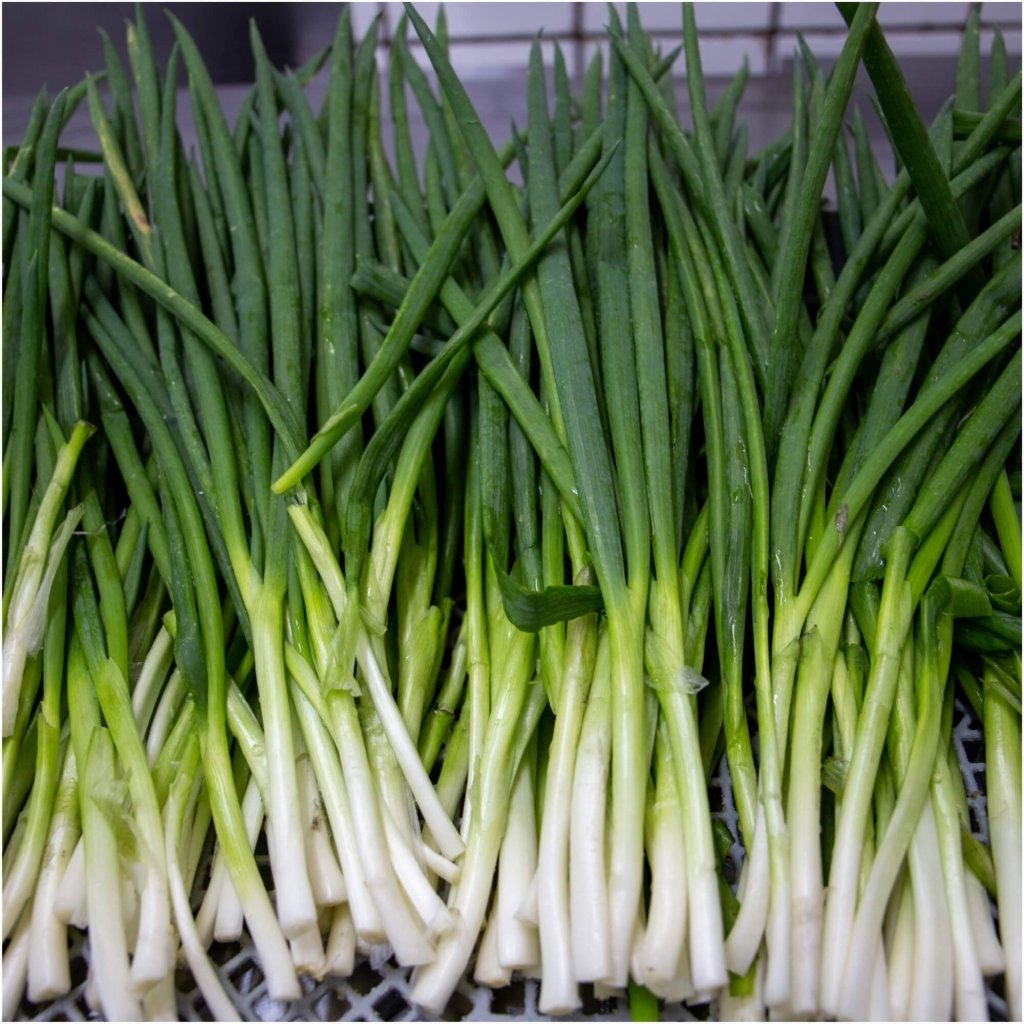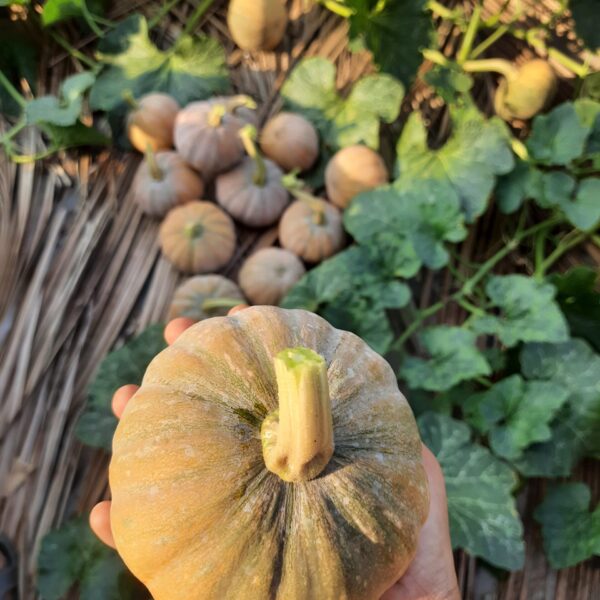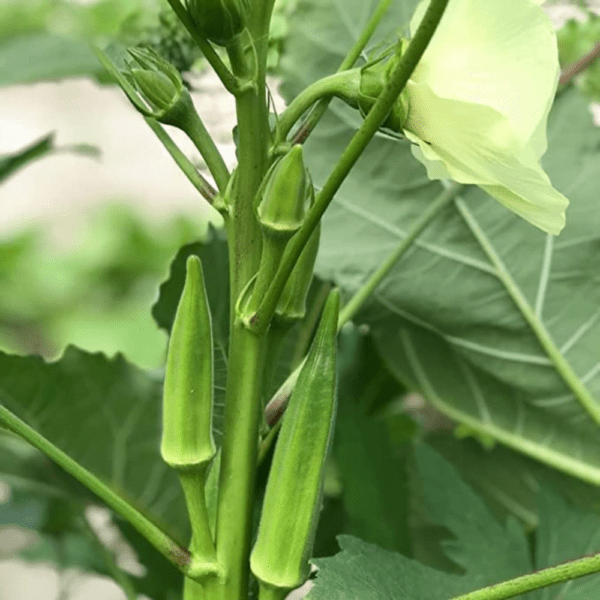Spring Onion open pollinated Seeds
How to Grow Spring Onions Organically from Seeds: A Step-by-Step Guide
Spring onions (also known as green onions or scallions) are an easy-to-grow, versatile vegetable that can be used in a variety of dishes, from salads and stir-fries to garnishes and soups. Growing spring onions organically from Spring Onion open pollinated Seeds allows you to enjoy fresh, chemical-free produce right from your garden. Whether you’re a seasoned gardener or a beginner, this guide will show you how to grow healthy and flavorful spring onions the organic way.
Why Choose Organic Spring Onions?
Growing organic spring onions means you’re avoiding harmful chemicals, pesticides, and synthetic fertilizers, ensuring that the food you eat is natural and healthy. Organic spring onions are nutrient-packed, crisp, and flavorful, and they support sustainability by promoting healthy soil and protecting the environment.
Benefits of Growing Organic Spring Onions:
- Fresh and Flavorful: Organic spring onions have a naturally sweet, mild flavor, perfect for fresh salads, salsas, and garnishes.
- Nutrient-Rich: Spring onions are rich in vitamins A and C, calcium, and iron, making them a healthy addition to any meal.
- Easy to Grow: Spring onions are beginner-friendly, grow quickly, and require minimal care, making them ideal for small and large gardens alike.
- Chemical-Free: Organic spring onions are grown without the use of synthetic pesticides, giving you a healthier and safer crop. Spring Onion open pollinated Seeds
Step-by-Step Guide to Growing Organic Spring Onions from Seeds
1. Choose the Right Location
Spring onions thrive in full sunlight, so select a sunny spot in your garden where they can get at least 6 hours of direct sunlight per day. They also grow well in containers, so even if you have limited garden space, you can still grow them in pots or raised beds. Spring Onion open pollinated Seeds
- Soil: Spring onions prefer slightly acidic to neutral soil (pH 6.0–7.0). The soil should be light, loamy, and well-draining to prevent waterlogging.
- Temperature: Spring onions grow best in cooler weather, making them perfect for early spring or fall planting. Ideal temperatures are between 10–25°C (50–77°F).
2. Prepare the Soil
- Soil Preparation: Loosen the soil to a depth of about 6–8 inches and remove any weeds. Spring onions prefer well-draining soil, so if your soil is heavy clay, add organic matter such as compost, well-rotted manure, or peat moss to improve drainage and texture.
- Fertilizing: Incorporate organic compost or well-aged manure into the soil to ensure your spring onions receive the nutrients they need to thrive. Avoid using chemical fertilizers.
3. Plant the Spring Onion open pollinated Seeds
- Direct Sowing: In early spring (once the soil is workable), sow Spring Onion open pollinated Seeds directly into your garden bed. Plant the Spring Onion open pollinated Seeds 1/4 inch deep and space them about 1–2 inches apart. Cover lightly with soil and water gently to settle them in.
- Indoor Seeding: If you prefer to start your spring onions indoors, plant the Spring Onion open pollinated Seeds 4–6 weeks before the last expected frost. Use small seed trays or pots filled with organic potting soil. Once the seedlings are strong enough, transplant them outdoors. Spring Onion open pollinated Seeds
4. Watering and Care
- Watering: Keep the soil consistently moist but not waterlogged. Spring onions don’t tolerate dry conditions, so water them regularly, especially during dry spells. Water at the base of the plant to avoid wetting the leaves, which can lead to rot.
- Mulching: Apply a light layer of organic mulch around the plants to help retain moisture, prevent weeds, and keep the soil cool.
- Weeding: Keep the garden bed free from weeds to reduce competition for nutrients and space. Weeds can also harbor pests and diseases, so it’s important to remove them early. Spring Onion open pollinated Seeds
5. Thinning and Spacing
Once your spring onion seedlings begin to grow, thin them out to allow enough space for proper bulb development. Space the plants 4–6 inches apart for optimal growth. If you’re growing them in rows, ensure that there’s enough space between the rows to allow for easy airflow and access.
6. Fertilization (Organically)
Spring onions are light feeders, but they can benefit from organic fertilizer during their growing season. You can apply compost tea or a diluted solution of fish emulsion to provide extra nutrients. Be careful not to over-fertilize, as this can lead to overly leafy growth with fewer edible bulbs.
7. Pest and Disease Management
- Organic Pest Control: Spring onions are relatively pest-resistant but may occasionally encounter pests like aphids, onion flies, or thrips. Use natural remedies such as neem oil or insecticidal soap to control pests. You can also encourage beneficial insects like ladybugs to help with pest control.
- Disease Prevention: Ensure good air circulation around the plants to prevent fungal diseases such as downy mildew or rust. Avoid watering overhead, as wet foliage can encourage disease.
8. Harvesting Spring Onions
Spring onions are quick-growing and usually take 60–90 days to mature, depending on the variety and growing conditions.
- When to Harvest: Spring onions can be harvested as soon as the stems reach a desirable size (about 6–8 inches tall). If you want larger bulbs, wait until the tops start to yellow and fall over, which usually indicates that the onions are fully mature.
- How to Harvest: Gently pull the onions from the soil, taking care not to damage the bulbs. You can either harvest the entire plant or trim the green tops while leaving the bulb in the ground for continuous harvesting.
9. Storing Spring Onions
Spring onions are best used fresh, but if you want to store them, keep them in the fridge. Place them in a damp paper towel or a container with a tight-fitting lid to retain moisture. Alternatively, you can store them in a glass of water, where the roots will continue to grow, and they will last longer.
Why Buy Organic Spring Onion Seeds?
Our organic Spring Onion open pollinated Seeds are carefully selected for high germination rates and excellent flavor. These seeds are grown without harmful chemicals or pesticides, ensuring that your harvest is 100% organic and healthy. Whether you’re growing them for your kitchen or your market garden, these seeds will give you a bountiful crop of fresh, vibrant spring onions.
Key Benefits of Organic Spring Onion Seeds:
- 100% Organic and Chemical-Free: Grown without synthetic fertilizers or pesticides, ensuring a pure and healthy harvest.
- Easy to Grow: Spring onions are beginner-friendly and grow quickly, making them ideal for both new and experienced gardeners.
- Rich Flavor: Organic spring onions have a naturally sweet and mild flavor, perfect for salads, soups, and garnishes.
- High Germination Rate: Our seeds are selected for their excellent germination potential, ensuring strong, healthy plants.
Order Organic Spring Onion Seeds Today!
Ready to grow fresh, flavorful organic spring onions in your garden? Whether you’re growing them in raised beds, containers, or your garden patch, these organic seeds will help you cultivate a bountiful harvest.
Order your organic spring onion seeds now and start growing this delicious, versatile vegetable in your own garden!
Spring Onion open pollinated Seeds







Reviews
There are no reviews yet.